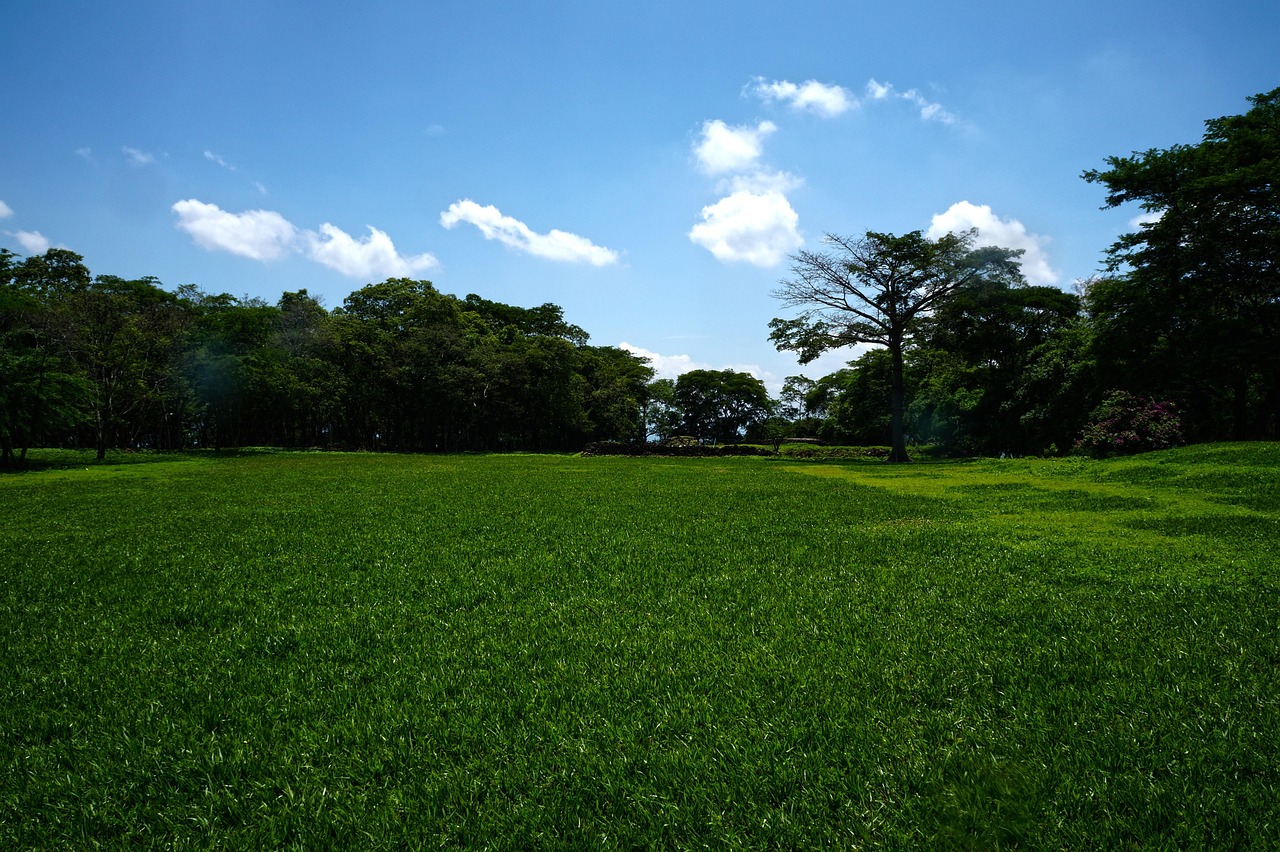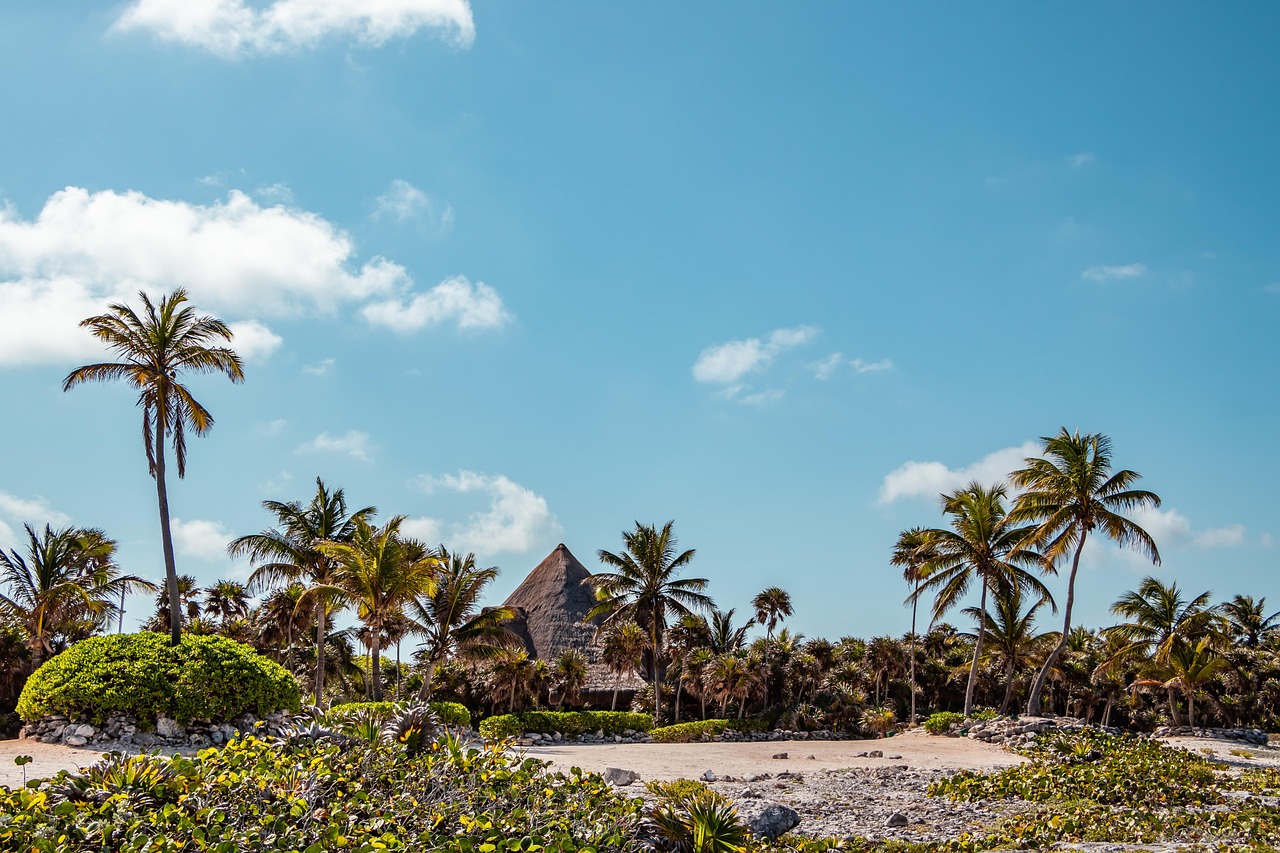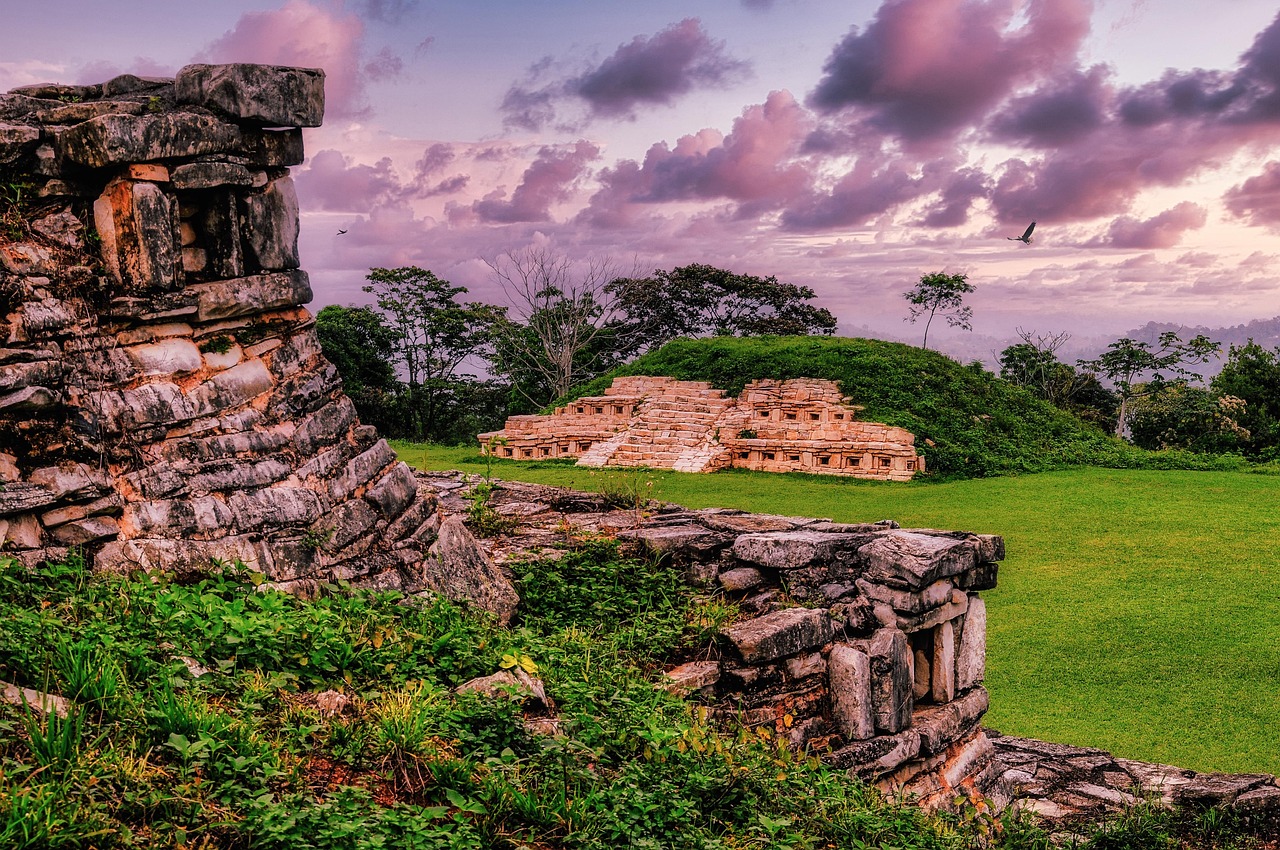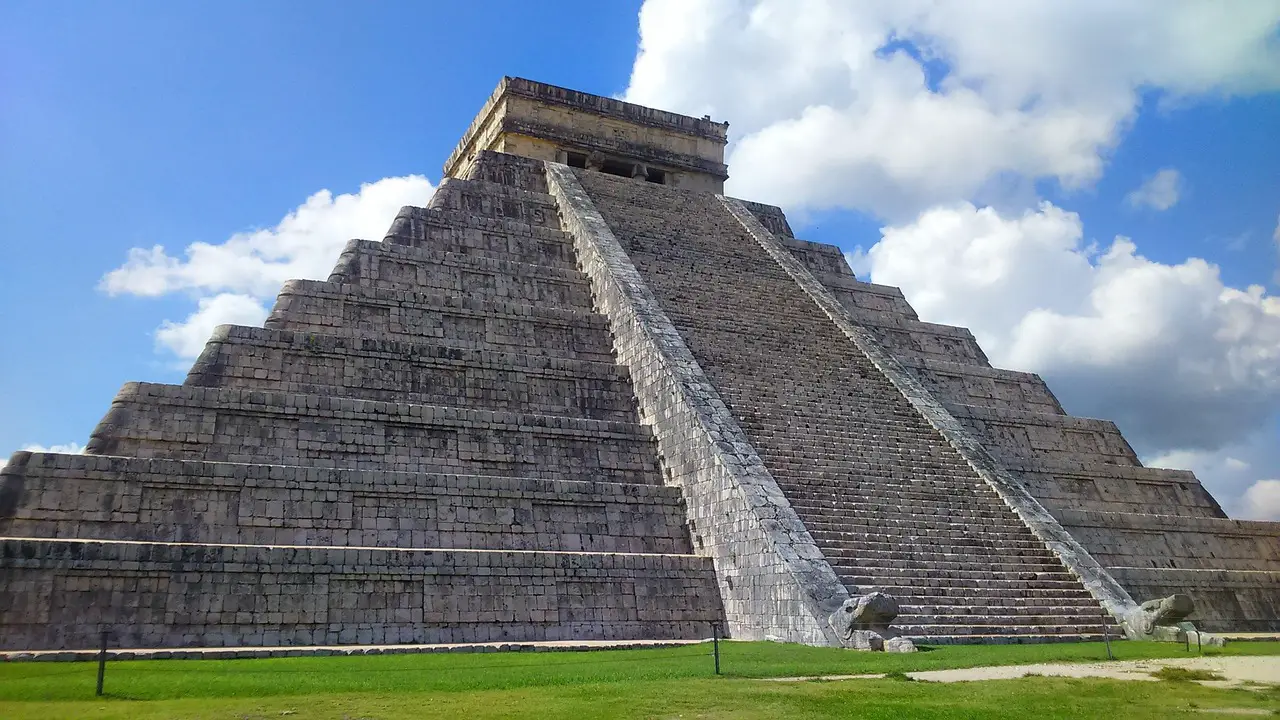Trees in Maya Angelou’s poetry symbolize strength, resilience, and the interconnectedness of life. They represent growth, the passage of time, and serve as a metaphor for personal and collective experiences, often reflecting themes of survival and hope.
The Significance of Trees in Angelou’s Work
Maya Angelou, an iconic figure in American literature, often used nature as a powerful symbol in her poetry. Among the elements of nature, trees hold a prominent place. Trees are more than just physical entities; they embody emotions, histories, and cultural connections. In Angelou’s work, trees serve as a backdrop for exploring themes such as identity, loss, and the enduring spirit of humanity.

The representation of trees in Angelou’s poetry can be traced back to her own life experiences. Growing up in the segregated South, she faced numerous challenges. These experiences shaped her understanding of resilience and growth, which she often expressed through her vivid imagery of trees. In her poems, trees stand strong against the storms of life, symbolizing survival and the ability to endure hardship.
Angelou’s use of trees also reflects her deep appreciation for nature. She often viewed trees as witnesses to human experiences, connecting her personal struggles to the broader human condition. In her poems, trees become symbols of hope and strength, reminding readers of the beauty that can emerge from pain.
Symbolism and Themes
The symbolism of trees in Angelou’s poetry is multifaceted. Below are some key themes associated with trees in her work:

- Strength: Trees are often portrayed as sturdy and unyielding. They withstand harsh weather and adversity, mirroring the strength of the human spirit.
- Growth: The life cycle of a tree—from seedling to majestic giant—reflects personal growth and transformation.
- Connection: Trees are a reminder of the interconnectedness of life. They provide shelter and sustenance, illustrating the importance of community and support.
- History: Trees often symbolize the passage of time and history. They serve as silent witnesses to events, much like how Angelou’s poetry captures historical struggles.
Imagery in Angelou’s Poetry
Angelou employs rich imagery when she describes trees. Her descriptions evoke a sense of place and emotion. For example, in her poem “A Brave and Startling Truth,” she uses the metaphor of trees to convey resilience in the face of adversity. The trees stand tall amid chaos, representing hope for a better future.
In addition to their symbolic meanings, trees often appear in Angelou’s poetry as a source of comfort. When characters in her poems seek solace or clarity, they frequently turn to nature. The presence of trees creates a serene atmosphere that allows for reflection and growth.
Table: Symbolic Meanings of Trees in Maya Angelou’s Poetry
| Symbol | Meaning |
|---|---|
| Strength | Represents resilience and the ability to withstand challenges. |
| Growth | Illustrates personal transformation and development over time. |
| Connection | Emphasizes community, support, and the importance of relationships. |
| History | Symbolizes the passage of time and the memories embedded within. |
The exploration of trees in Angelou’s poetry extends beyond mere imagery. It touches upon universal themes that resonate with many readers. By connecting personal narratives to the symbolism of trees, Angelou fosters a deeper understanding of both individual and collective experiences.

Her reverence for nature is evident, as she illustrates how trees can be both grounding and liberating. In this way, trees become a powerful motif throughout her work, representing not only survival but also a celebration of life’s complexities.
Through her exploration of tree symbolism, Maya Angelou invites readers to reflect on their own journeys. The strength and resilience embodied by trees encourage individuals to embrace their roots while reaching for the sky. This duality is central to understanding the deeper meanings within her poetry.
Tree Imagery in Specific Poems
Maya Angelou’s poetry is rich with imagery that vividly portrays trees. Analyzing specific poems reveals how she employs tree symbolism to communicate deep emotional truths. In this section, we will explore several of her works and the roles that trees play within them.
The Tree in “Still I Rise”
In her famous poem “Still I Rise,” Angelou uses tree imagery to convey resilience. The repeated theme of rising symbolizes overcoming adversity, much like a tree that stands tall despite storms. The strength of the tree parallels the strength of the speaker, who remains unbroken in the face of oppression.

Key lines describe the speaker’s spirit as unyielding, much like a tree deeply rooted in the earth. This connection enhances the message of perseverance against challenges:
- Rootedness: Just as a tree thrives from its roots, the speaker draws strength from her heritage.
- Visibility: The image of the tree also signifies visibility and presence in a world that often seeks to marginalize.
The Symbol of the Tree in “Phenomenal Woman”
In “Phenomenal Woman,” trees symbolize natural beauty and confidence. The speaker’s self-assuredness mirrors the grace of a strong tree. This poem celebrates femininity and self-acceptance, with trees serving as a metaphor for growth and beauty that defies conventional standards.
Angelou evokes vivid imagery when describing the interplay between the woman and nature:
- Strength in Beauty: The sturdy trunk of a tree reflects the inner strength found within the speaker’s beauty.
- Nurturing Environment: Trees provide shelter and nourishment, symbolizing the supportive community that uplifts women.
The Cultural Significance of Trees
Trees also hold cultural significance in Angelou’s poetry. They are often representative of African American history and experiences. In many cultures, trees symbolize life, wisdom, and connection to ancestry. Angelou’s use of trees highlights these themes, linking personal identity to broader cultural narratives.
Connection to Ancestry
Trees serve as a metaphor for ancestry and lineage in Angelou’s poetry. Much like family trees, they illustrate connections between generations. This connection emphasizes the importance of understanding one’s roots and history. In her works, Angelou often reflects on her own ancestry, celebrating the strength derived from those who came before her.
For instance, in her poem “The Caged Bird,” the imagery of trees can represent both freedom and confinement. The caged bird longs for the freedom of flying among trees, symbolizing a connection to heritage and liberation.
Table: Cultural Symbolism of Trees in Angelou’s Poetry
| Cultural Aspect | Description |
|---|---|
| Ancestry | Trees symbolize family lineage and connections across generations. |
| Wisdom | Trees represent knowledge passed down through generations, embodying ancestral teachings. |
| Life | Trees signify growth and vitality, mirroring the human experience. |
| Freedom | Trees symbolize liberation and aspirations for a better future. |
The Role of Trees in Healing
Angelou often portrays trees as places of healing and reflection. In her poetry, trees provide solace during times of grief or confusion. They become safe spaces for introspection and growth, illustrating how nature can nurture emotional well-being.
The imagery of trees as healing elements resonates with many readers. They evoke feelings of peace and stability, helping individuals process their emotions. In Angelou’s work, these natural settings allow characters to find strength amid turmoil.
As we explore the recurring themes in her poetry, it becomes evident that trees are integral to understanding Angelou’s message of resilience, beauty, and connection. They encapsulate the spirit of survival while inviting readers to reflect on their own journeys through life.
The Evolution of Tree Symbolism in Angelou’s Poetry
Maya Angelou’s exploration of tree symbolism evolves throughout her body of work. As her life experiences shaped her perspectives, the meanings associated with trees also transformed. This section will delve into how her relationship with trees reflects the changes in her personal journey and the broader societal context.
Trees as Symbols of Resistance
In earlier poems, trees often symbolize resistance against oppression and injustice. For Angelou, trees represent not only natural beauty but also the strength to withstand societal challenges. The imagery of trees standing tall amidst storms serves as a powerful metaphor for resilience in the face of adversity.
In works such as “Still I Rise,” Angelou illustrates how trees endure harsh conditions, just as individuals endure hardships. The metaphor of a tree rooted firmly in the ground underscores the importance of having a strong foundation:
- Roots of Heritage: The roots signify cultural heritage and personal history, grounding the speaker despite external struggles.
- Branches of Aspiration: The branches reaching upward symbolize hope and the pursuit of dreams, reflecting a desire for freedom and growth.
The Transition to Growth and Transformation
As Angelou’s poetry progresses, the symbolism of trees shifts towards themes of growth and transformation. In her later works, trees become more than just symbols of resistance; they embody personal evolution and renewal. This change reflects Angelou’s own journey toward self-discovery and empowerment.
In poems like “A Brave and Startling Truth,” trees signify the potential for renewal and rebirth. The imagery conveys a sense of vitality and flourishing life:
- Life Cycles: Trees go through seasons, reflecting the cyclical nature of life and the possibility of renewal even after hardship.
- Interconnectedness: The branches extending outward represent connections with others, illustrating how growth often occurs in community.
The Impact of Nature on Angelou’s Writing Process
Nature played a significant role in Maya Angelou’s writing process. Her connection to the natural world influenced her poetic voice and themes. Trees, in particular, offered inspiration for her reflections on life, identity, and resilience.
The Influence of Surroundings
Angelou’s environments often shaped her perception of trees and their symbolism. Growing up in St. Louis and later living in San Francisco, she encountered diverse landscapes that informed her understanding of nature:
- Urban Trees: In cities, trees symbolize hope amid concrete jungles. They provide reminders of nature’s beauty in urban settings.
- Rural Landscapes: The tranquility of rural areas fosters deeper connections to the earth, allowing for introspection and creativity.
Cultural Reflections through Nature
Angelou’s poetry often reflects cultural themes through nature. The depiction of trees connects to African American culture, emphasizing the significance of nature in spiritual and communal practices. Trees are often viewed as sacred spaces where people gather for storytelling, healing, and reflection.
This cultural perspective enhances the depth of her work. In poems like “Caged Bird,” the representation of trees serves as a contrast to confinement, symbolizing freedom that is yearned for but often out of reach:
- Symbolic Freedom: The caged bird desires to soar among the trees, highlighting the longing for liberation.
- Cultural Heritage: Trees embody stories from ancestors, connecting individuals to their roots and cultural identity.
Angelou’s Legacy and Trees
Maya Angelou’s legacy continues to inspire generations. Her profound connection to nature, particularly trees, resonates with many readers. Trees symbolize not only personal strength but also collective resilience within communities. They remind us that growth often emerges from adversity.
Through her exploration of tree symbolism, Angelou has left an indelible mark on literature. Her ability to weave natural imagery into her narratives encourages readers to reflect on their own lives and the natural world around them. This legacy speaks to the enduring power of trees as symbols of hope, strength, and interconnectedness.
The Role of Trees in Social Justice
Maya Angelou’s poetry does not only celebrate individual resilience but also highlights the importance of collective action and social justice. Trees, as symbols of strength and endurance, remind us of the interconnected struggles faced by communities. They symbolize the fight against oppression and the quest for equality.
Angelou often draws parallels between the natural world and social issues. The imagery of trees serves to unite individuals in their shared experiences, fostering a sense of community. In her poems, she emphasizes that just as trees grow stronger together, so too can communities rise against injustice.
- Collective Strength: Trees standing together create a forest, symbolizing unity in the fight for social justice.
- Environmental Justice: The importance of nature in Angelou’s work connects to broader themes of environmental justice, advocating for the protection of natural spaces that are often exploited.
Nature as a Source of Inspiration
Throughout her life, Angelou found inspiration in nature, particularly in the imagery of trees. This connection to the natural world often informed her writing process. Angelou believed that nature could provide clarity and understanding, allowing her to delve deeper into her thoughts and emotions.
For Angelou, trees represented more than mere objects in her poems. They were living entities that embodied wisdom and strength. Engaging with nature allowed her to reflect on her own experiences and articulate complex feelings through her poetry.
Her appreciation for trees can also be seen as an invitation for readers to explore their own connections to nature. By recognizing the beauty and resilience found in trees, individuals can draw parallels to their own lives and challenges.
Final Thoughts
Maya Angelou’s portrayal of trees in her poetry offers a profound exploration of resilience, identity, and connection. Through vivid imagery and powerful metaphors, she transforms trees into symbols of strength and hope. Her work encourages readers to reflect on their own journeys and the natural world around them.
The themes present in Angelou’s poetry resonate deeply with universal human experiences. Trees symbolize not only personal survival but also collective resilience, highlighting the importance of community and shared struggles. Her ability to intertwine these themes with rich natural imagery speaks to the enduring power of literature to inspire and uplift.
As we contemplate the meaning of trees in Maya Angelou’s poetry, we are reminded of their multifaceted symbolism. They serve as a reminder that, like trees, we can stand tall amidst adversity, grow through our challenges, and remain rooted in our identities. In embracing this message, we honor Angelou’s legacy and the lessons she imparted through her timeless work.
Ultimately, the significance of trees in Angelou’s poetry extends beyond the written word. They invite us to engage with our histories, embrace our communities, and find strength in our shared humanity. As we continue to navigate our own paths, let us carry forward the wisdom of trees: grounded yet reaching for the sky.
